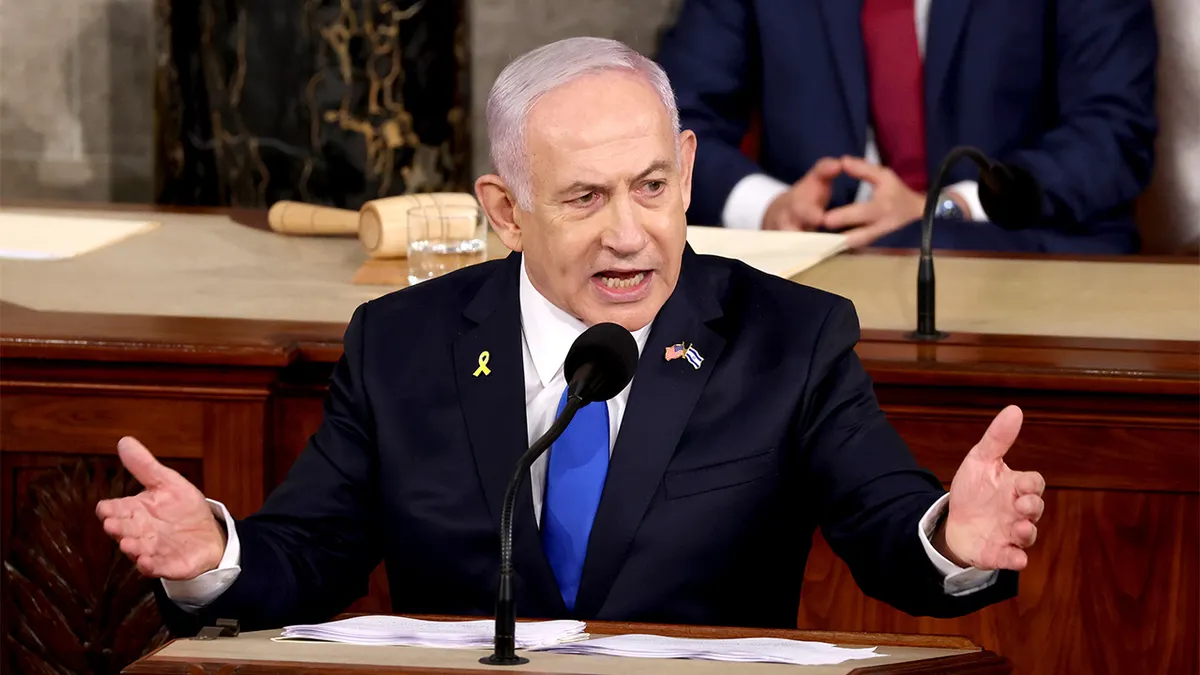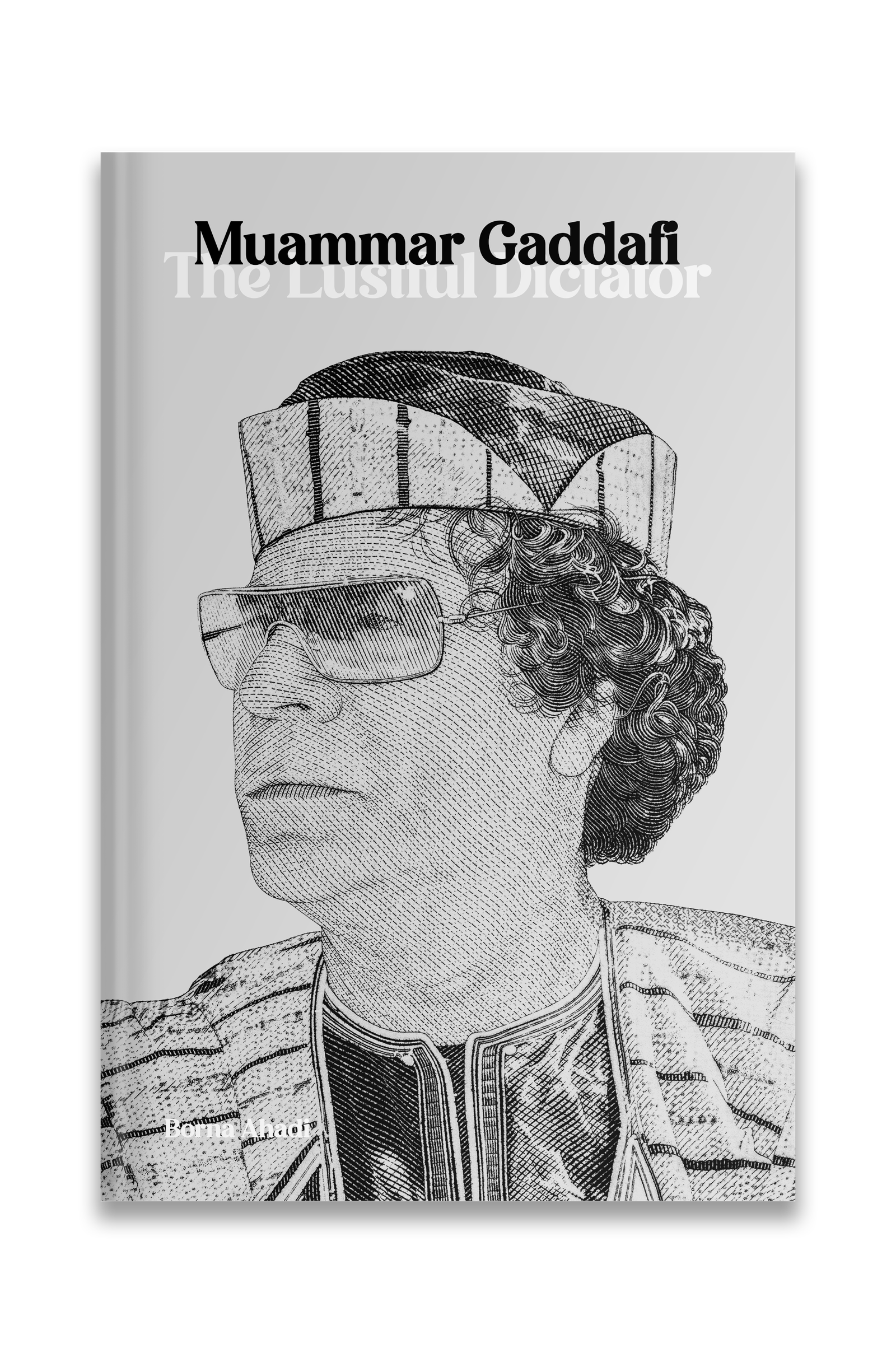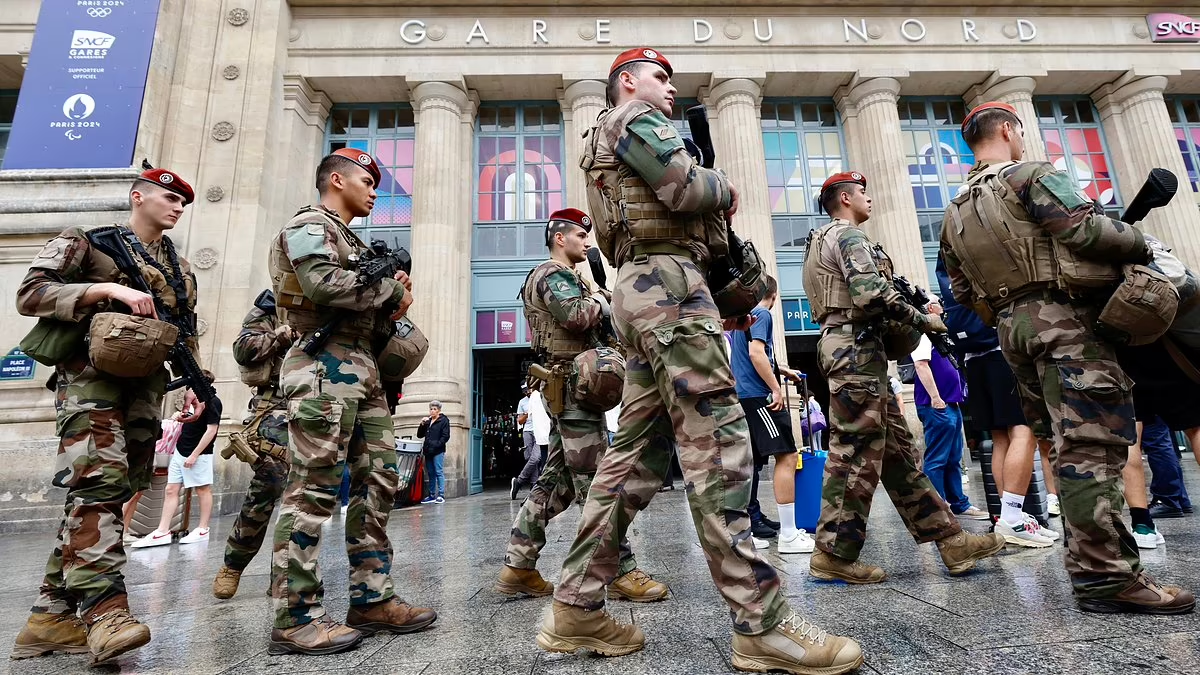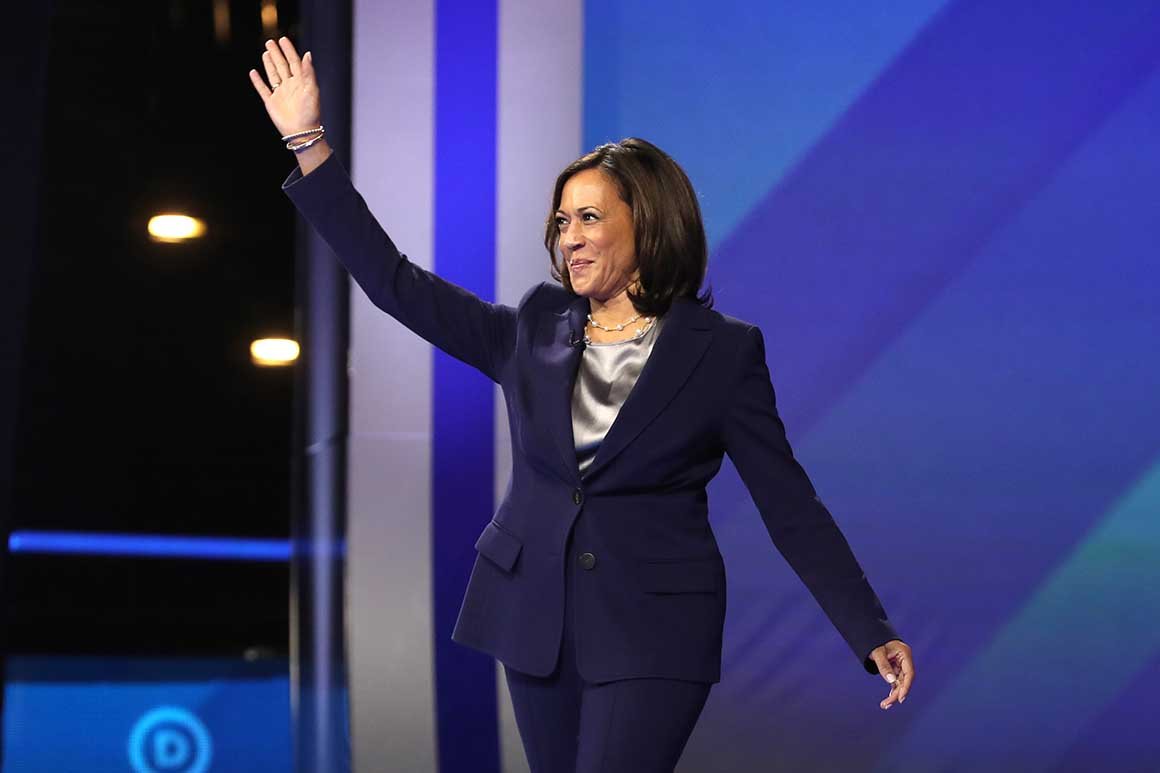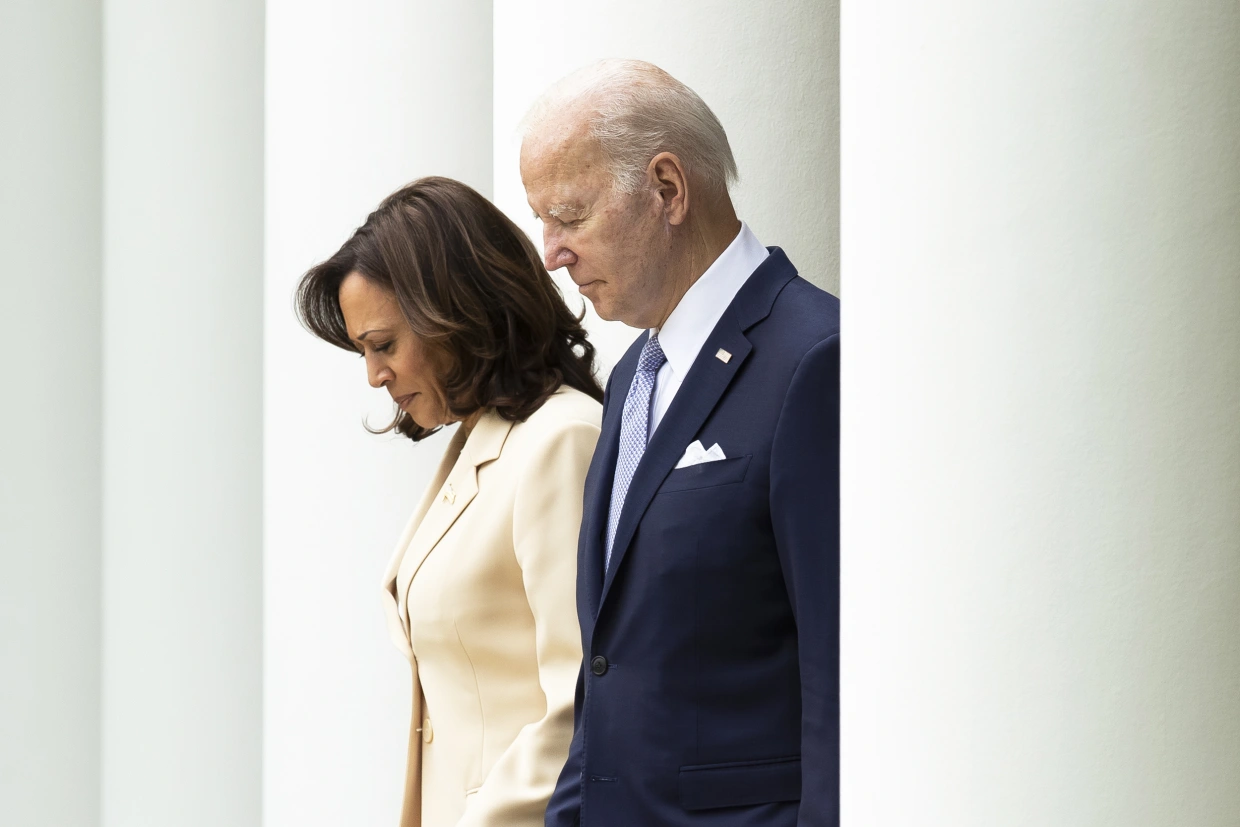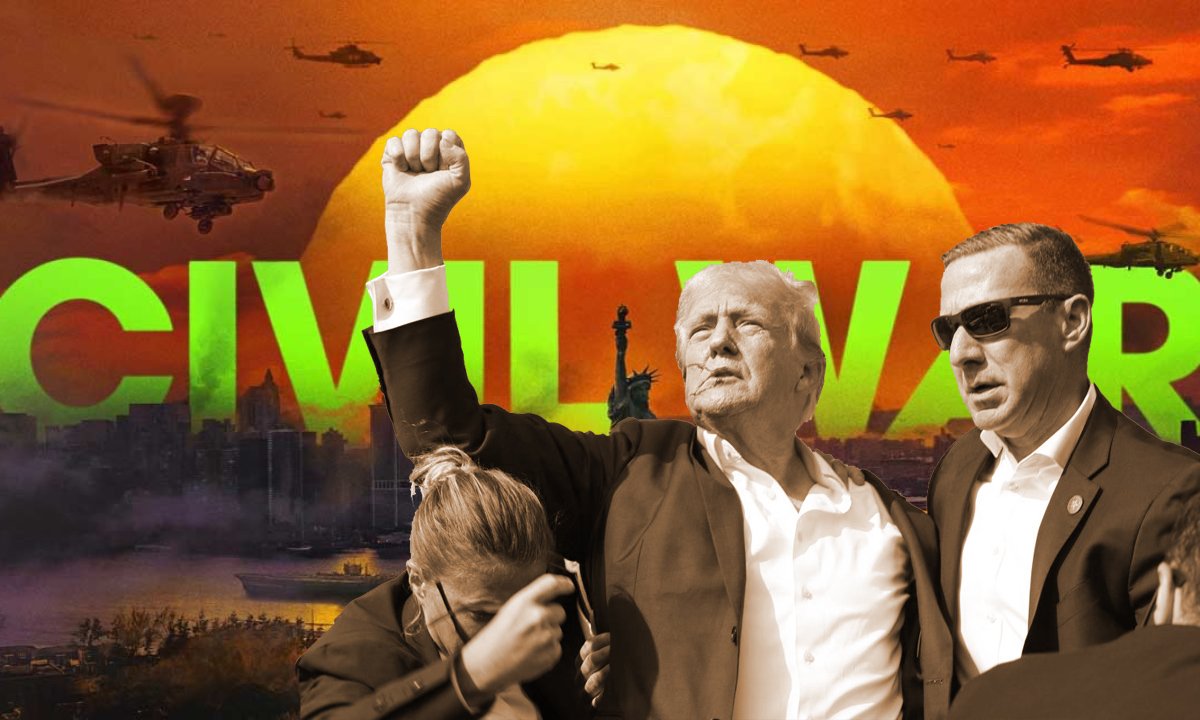
Prologue:
It was a sweltering July evening when the world changed forever. As former President Donald Trump took the stage at a rally in Pennsylvania, the atmosphere was charged with the usual fervor of his supporters. No one anticipated that this event would become the epicenter of a catastrophic national crisis. The assassination of Donald Trump was not just an act of violence but a spark that ignited a series of events leading to the second American Civil War.
Dear reader, let us embark on a journey together. Imagine a nation already teetering on the edge of division and strife. Picture the dramatic scenes from the movie “Civil War,” where journalists brave the perils of a fractured America to document the brutal realities of conflict. Now, transpose those scenes onto the real-world political landscape of the United States, where the assassination of a former president acts as the catalyst for a full-blown civil war.
In the film “Civil War,” a speculative and dystopian America is depicted as being torn apart by internal conflicts, with various factions vying for control. The movie presents a stark vision of what could happen when political, social, and economic tensions reach a breaking point. As we delve into this speculative narrative, let’s fantasize about the parallels between the movie and the potential consequences of Trump’s assassination. Could such a dramatic event truly lead to a modern-day civil war in America? What would be the immediate and long-term impacts on the nation’s political landscape, its people, and the future of democracy?
Join me as we delve into this speculative narrative, exploring the potential consequences of such a seismic event on American society, politics, and the future of democracy. Let’s weave a tale of intrigue, conspiracy, and conflict, imagining the profound ripple effects that could follow the assassination of one of the most polarizing figures in modern American history. Together, we will navigate the tumultuous waters of a nation on the brink, drawing from the dramatic and often harrowing scenarios portrayed in “Civil War)” to paint a vivid picture of what might unfold in the wake of such a national tragedy.
Chapter 1: The Assassination
The evening of July 13, 2024, will be remembered as a turning point in American history. As the sun set over Pennsylvania, the anticipation and excitement among the crowd at the rally reached a fever pitch. Supporters of former President Donald Trump had gathered in droves, eager to hear him speak. Trump, known for his charismatic and often controversial rhetoric, was in the midst of one of his typically fiery speeches when the unthinkable happened.
As Trump stood at the podium, a figure in the crowd moved with calculated precision. Thomas Matthew Crooks, a 20-year-old local resident with a history of political radicalization and mental health issues, had infiltrated the rally. Crooks had spent months planning this moment, driven by a convoluted mix of personal grievances and ideological fervor.
The shot rang out, echoing through the assembly. The bullet struck Trump on the upper part of his right ear, causing a moment of stunned silence before chaos erupted. Supporters screamed and scrambled for cover, while Secret Service agents sprang into action, forming a protective shield around the fallen ex-president. The scene was one of pandemonium, with people pushing and shoving in their desperation to escape the potential danger.
Crooks was immediately subdued by security forces, but in the ensuing melee, he was fatally shot. His motivations remained unclear in those initial moments, adding to the confusion and terror that gripped the rally attendees. Emergency services quickly arrived on the scene, and Trump was rushed to the nearest hospital. Despite the severity of his injuries, he was pronounced dead upon arrival.
The assassination of Donald Trump was a shock to the nation. Within minutes, news of the attack spread like wildfire across social media platforms and news outlets worldwide. Hashtags such as #TrumpAssassination and #CivilWar2024 began trending on Twitter, reflecting the widespread panic and speculation about the implications of this violent act.
Immediate Media Frenzy and Public Reaction:
The media response was instantaneous and overwhelming. Major news networks interrupted their regular programming to provide live coverage of the events unfolding in Pennsylvania. Journalists and political commentators scrambled to make sense of the assassination, with many drawing immediate parallels to the assassinations of historical figures like John F. Kennedy and Abraham Lincoln. The assassination was not just a political event; it was a national trauma that threatened to unravel the already frayed fabric of American society.
Supporters of Trump, in a state of shock and disbelief, quickly turned their grief into anger. Social media became a battleground of accusations and conspiracy theories. Prominent right-wing influencers and news outlets suggested that the assassination was orchestrated by a vast, shadowy network comprising the Deep State, left-wing radicals, and even foreign actors. These narratives gained traction, fueling further distrust and division.
Political Repercussions:
In Washington, D.C., the political repercussions were immediate. The sitting president called for calm and unity, urging Americans to refrain from jumping to conclusions and to let the law enforcement agencies do their work. However, these calls for peace were largely ignored by Trump’s most fervent supporters, who saw the assassination as a call to arms.
Within the halls of Congress, lawmakers were split. Some viewed the assassination as a tragic but isolated incident, while others saw it as a harbinger of more violence to come. The already deep partisan divide widened, with Republicans and Democrats blaming each other for creating the conditions that led to such a heinous act.
Thomas Matthew Crooks: The Assailant’s Background:
Thomas Matthew Crooks was an enigma wrapped in a riddle. To the casual observer, he seemed like an average young man, but a closer look revealed a troubled individual. Crooks had grown up in a small town in Pennsylvania, where he was known for his quiet demeanor and reclusive nature. Those who knew him described a young man who had become increasingly radicalized over the years, absorbing extreme political views from the darkest corners of the internet.
Crooks had a history of mental health issues, which, combined with his radical beliefs, made him a ticking time bomb. His social media profiles painted a picture of a man obsessed with political conspiracies and grievances. He frequently posted about his disdain for what he called the “corrupt establishment” and his belief in the necessity of violent action to “take back the country.”
In the weeks leading up to the assassination, Crooks had made several trips to gun ranges and had purchased a firearm legally. He meticulously planned his attack, choosing the rally as the perfect moment to make his deadly statement. His motivations were a toxic mix of personal vendettas and political ideology, aimed at sparking a larger movement against the perceived enemies of the state.
Conspiracy Theories Take Root:
In the aftermath of the assassination, conspiracy theories flourished. One particularly compelling theory suggested that the assassination was part of a broader plot by the Deep State to eliminate Trump and quash his populist movement. Proponents of this theory pointed to Crooks’ murky background and the speed with which he was silenced by security forces as evidence of a cover-up. Social media platforms became echo chambers for these theories, with millions of users sharing and amplifying unfounded claims.
These narratives were further fueled by right-wing media outlets, which suggested that Crooks was not acting alone but was part of a larger, more sinister plot. They pointed to inconsistencies in the official accounts of the assassination and the swift suppression of Crooks’ digital footprint as proof that something was amiss. Theories ranged from Crooks being a pawn of international espionage to him being a scapegoat for a larger domestic operation aimed at destabilizing the country.
National Grief and Division:
As the nation grappled with the news of Trump’s death, grief quickly turned into a potent mix of anger and fear. Vigils and memorials were held across the country, with supporters mourning the loss of a leader they saw as a champion of their values. Meanwhile, the political discourse became even more toxic. Public figures and politicians used the assassination to further their agendas, deepening the national divide.
The immediate days following the assassination saw an uptick in violent incidents. Pro-Trump militias mobilized, citing the need to protect their communities from perceived threats. Clashes between these militias and law enforcement became more frequent and more violent. The federal government’s attempts to restore order were met with resistance and accusations of tyranny.
Law Enforcement and Investigation:
The FBI, Secret Service, and local law enforcement launched an extensive investigation into the assassination. Every aspect of Crooks’ life was scrutinized in an attempt to understand his motivations and potential connections to larger networks. Forensic analysts pored over his digital footprint, uncovering a web of online activity that revealed his radicalization process.
As investigators delved deeper, they discovered communications between Crooks and various online extremist groups. However, there was no definitive proof that he was directly supported or instructed by these groups to carry out the assassination. The lack of clear evidence left room for speculation and fueled further conspiracy theories.
Impact on Upcoming Elections:
The assassination of Donald Trump had profound implications for the upcoming presidential elections. The political landscape was already volatile, but the assassination threw everything into turmoil. Republican candidates faced immense pressure to align themselves with Trump’s legacy, while Democrats struggled to present a unified front in the face of escalating violence and division.
Voter sentiment was deeply polarized. Many of Trump’s supporters, believing in the conspiracy theories, saw the election as a battle for the soul of the nation. On the other hand, those opposing Trump’s ideology saw the need to restore order and unity. The assassination became a rallying cry for both sides, turning the election into a referendum on the future direction of the United States.
Conclusion:
The assassination of Donald Trump was more than a tragic event; it was a catalyst for profound national upheaval. As the country grappled with the immediate shock and long-term implications, the seeds of division and conflict were sown. This chapter in American history marked the beginning of a turbulent period that would test the resilience of the nation and its commitment to democratic principles. The subsequent chapters in this speculative narrative will explore how these events unfolded, leading to a full-blown civil war that reshaped the United States.
Chapter 2: Immediate Fallout
The assassination of Donald Trump sent shockwaves through the nation and the world. Within minutes of the attack, social media platforms lit up with breaking news alerts and live footage from the rally. The chaotic scene was broadcast across every major news network, with commentators struggling to process the gravity of the situation. The hashtags #TrumpAssassination and #CivilWar2024 quickly trended on Twitter, reflecting the widespread panic and speculation about the implications of this violent act.
In Washington, D.C., the political atmosphere became instantly charged. President Joe Biden called for calm and unity in a nationally televised address, urging Americans to refrain from jumping to conclusions and to allow law enforcement agencies to conduct their investigations. Despite these calls for peace, the streets of major cities were soon filled with protesters. Trump’s supporters, many of whom believed in various conspiracy theories, demanded justice and retribution. They viewed the assassination as an attack on their values and their way of life.
Congress was thrown into disarray. Lawmakers from both parties convened emergency sessions to discuss the security implications and potential responses. The political divide widened as accusations flew back and forth. Republicans blamed the Biden administration and the media for creating a hostile environment that led to the assassination. Democrats, on the other hand, pointed to the rise of extremist rhetoric and the proliferation of hate speech as contributing factors.
Violence began to erupt across the country. In cities like Portland, Oregon, and Kenosha, Wisconsin, clashes between pro-Trump militias and law enforcement became a nightly occurrence. The federal government deployed the National Guard to maintain order, but this only fueled the anger of Trump’s supporters, who saw it as an overreach of federal power. The situation grew increasingly volatile, with fears of a broader civil conflict becoming more palpable by the day.
Internationally, the assassination drew reactions from world leaders who expressed their condolences and concerns. Allies of the United States called for stability and the preservation of democratic institutions. Meanwhile, adversaries seized on the chaos, using it as propaganda to highlight the perceived weaknesses and divisions within the U.S. government.
As the nation grappled with the immediate fallout, the seeds of division and conflict were sown. The assassination of Donald Trump was not just a moment of tragedy but the beginning of a period of profound national upheaval that would test the resilience and unity of the United States.
Chapter 3: The Conspiracy Theories
In the days following the assassination, conspiracy theories flourished. One particularly compelling theory suggested that the assassination was part of a broader plot by the Deep State to eliminate Trump and quash his populist movement. Proponents of this theory pointed to Crooks’ murky background and the speed with which he was silenced by security forces as evidence of a cover-up. Social media platforms became echo chambers for these theories, with millions of users sharing and amplifying unfounded claims.
These narratives were further fueled by right-wing media outlets, which suggested that Crooks was not acting alone but was part of a larger, more sinister plot. They pointed to inconsistencies in the official accounts of the assassination and the swift suppression of Crooks’ digital footprint as proof that something was amiss. Theories ranged from Crooks being a pawn of international espionage to him being a scapegoat for a larger domestic operation aimed at destabilizing the country.
Prominent figures in the Trump-supporting media, such as hosts from Fox News and OANN, amplified these claims, demanding thorough investigations and transparency from the government. These conspiracy theories galvanized Trump’s base, leading to an increase in violent rhetoric and calls for action against perceived enemies.
Chapter 4: Political Repercussions
With Trump’s death, the political landscape of America was thrown into disarray. His supporters, refusing to accept the legitimacy of the current government, rallied behind various far-right leaders who promised to continue Trump’s legacy. The Republican Party, already fractured, splintered further as moderates and extremists vied for control. The upcoming presidential election became a flashpoint, with accusations of fraud and corruption flying from all sides.
Republican candidates faced immense pressure to align themselves with Trump’s legacy. The party’s base, fueled by conspiracy theories and a desire for retribution, demanded uncompromising loyalty to Trump’s ideals. This led to a purge of moderates and a shift towards more extreme candidates who promised to “restore America” in Trump’s image.
The Democratic Party, meanwhile, struggled to present a unified front in the face of escalating violence and division. Internal disagreements over how to handle the crisis led to public infighting, further weakening the party’s position. Progressive factions called for sweeping reforms and stronger measures against domestic terrorism, while moderates urged caution and a focus on restoring order.
The assassination and subsequent turmoil turned the election into a battleground for the soul of the nation. Voter sentiment was deeply polarized. Many of Trump’s supporters, believing in the conspiracy theories, saw the election as a battle for the soul of the nation. On the other hand, those opposing Trump’s ideology saw the need to restore order and unity. The assassination became a rallying cry for both sides, turning the election into a referendum on the future direction of the United States.
Chapter 5: Escalation of Violence
The protests soon turned violent. Clashes between pro-Trump militias and law enforcement became a common occurrence. States with strong Trump support saw the formation of armed groups, vowing to defend their freedoms against what they perceived as an illegitimate government. In response, the federal government deployed National Guard units to maintain order, but this only fueled the anger of the protesters. The country was teetering on the brink of widespread violence.
In rural areas of states like Texas, Montana, and Alabama, heavily armed militias began conducting military-style drills and setting up checkpoints. These groups, emboldened by the belief that they were fighting for their freedoms, engaged in skirmishes with federal troops. The federal government labeled these militias as domestic terrorists, leading to a series of high-profile raids and arrests.
Urban centers were not spared the violence. Cities like Portland, Seattle, and Minneapolis saw nightly clashes between anti-government protesters and police. These protests often devolved into riots, with businesses looted and buildings set on fire. The federal response, involving the deployment of heavily armed law enforcement units, was seen by many as an overreach, further fueling the cycle of violence.
The media’s portrayal of these events varied dramatically. Right-wing outlets depicted the militias as patriots defending the Constitution, while left-wing media focused on the violence and chaos, calling for stricter gun control and more robust federal intervention. This stark contrast in media coverage only deepened the national divide.
Chapter 6: The First Shots of Civil War
The tipping point came when a convoy of National Guard troops was ambushed by a well-organized militia in rural Texas. The skirmish resulted in numerous casualties on both sides and marked the first major battle of what would become the second American Civil War. News of the battle spread rapidly, igniting similar confrontations in other states. The federal government declared a state of emergency, but it was too late to quell the rising tide of rebellion.
The ambush in Texas was meticulously planned. Militia leaders, using encrypted communication channels, coordinated the attack to strike at the heart of federal presence in the region. The National Guard convoy, transporting supplies and reinforcements, was caught off guard. The ensuing firefight lasted several hours, with both sides suffering heavy casualties.
In the aftermath, the federal government moved quickly to assert control, deploying additional troops and establishing curfews in major cities. However, the ambush emboldened other militias across the country. In states like Michigan, Idaho, and Georgia, similar attacks were carried out against federal installations and convoys.
The media dubbed these events as the opening shots of the “Second Civil War.” Public sentiment was divided, with some viewing the militias as freedom fighters and others as dangerous insurgents. The federal response, involving drone strikes on militia strongholds and mass arrests, was seen as necessary by some but draconian by others.
Chapter 7: The Fragmentation of America
As the conflict escalated, the United States began to fragment. States with strong allegiances to Trump declared their intention to secede from the Union, forming a coalition known as the United American Republic (UAR). Led by charismatic leaders who promised to restore Trump’s vision, the UAR quickly gained support in the South and Midwest. The federal government, based in Washington, D.C., struggled to maintain control over the remaining states.
The declaration of secession by states like Texas, Florida, and South Carolina was met with both celebration and condemnation. In these states, large rallies were held to celebrate the formation of the UAR, with citizens pledging their loyalty to the new government. Meanwhile, in the remaining Union states, there was a sense of disbelief and anger.
The UAR established its capital in Houston, Texas, and began forming its own government institutions and military forces. The leaders of the UAR, many of whom were former military officers and politicians, promised to protect their citizens from federal overreach and restore the values they believed were lost.
The federal government, facing a significant loss of territory and resources, implemented strict measures to maintain order. Martial law was declared in several states, and a draft was instituted to bolster the federal military. However, these actions were met with resistance and led to further unrest in areas still loyal to the Union.
Internationally, the fragmentation of the United States sent shockwaves through the global community. Allies expressed concern and urged both sides to seek a peaceful resolution, while adversaries saw an opportunity to weaken American influence. The United Nations called for immediate ceasefires and offered to mediate peace talks, but their efforts were largely ignored as both sides prepared for a protracted conflict.
Chapter 8: The Role of Technology and Media
Technology played a critical role in the unfolding civil war. Social media platforms became battlegrounds for propaganda, with both sides using them to rally support and spread their narratives. Cyber-attacks on critical infrastructure became commonplace, further destabilizing the nation. Traditional media, polarized and distrusted, struggled to provide accurate reporting, often exacerbating the divide.
Platforms like Twitter, Facebook, and Parler were flooded with misinformation and calls to action. Fake news stories and doctored videos circulated widely, making it difficult for the average citizen to discern truth from fiction. Hackers affiliated with both the UAR and the federal government targeted power grids, water supplies, and communication networks, causing widespread disruptions.
Traditional news outlets were caught in the crossfire. Right-wing media like Fox News and OANN continued to push narratives supporting the UAR, while left-wing outlets like CNN and MSNBC focused on the violence and chaos attributed to the secessionist movement. The stark contrast in reporting further polarized the public, with many turning to alternative media sources that confirmed their preexisting beliefs.
Amidst the chaos, independent journalists and citizen reporters emerged as crucial sources of on-the-ground information. Using platforms like YouTube and TikTok, they provided real-time updates from the frontlines of the conflict. However, their efforts were often hampered by censorship and threats from both sides, making the dissemination of unbiased information increasingly difficult.
Chapter 9: International Involvement
The chaos in America did not go unnoticed by the rest of the world. Foreign powers, seeing an opportunity to weaken the United States, began to support different factions within the civil war. Russia and China provided covert assistance to the UAR, while European nations offered support to the federal government. The conflict threatened to spill over into a global crisis as alliances and enmities were redrawn.
Russia, seeking to exploit the situation, funneled weapons and financial aid to the UAR through clandestine operations. Chinese intelligence agencies offered cyber warfare support, targeting federal government systems and infrastructure. These interventions bolstered the UAR’s capabilities and morale, allowing them to sustain their rebellion.
Meanwhile, NATO allies, concerned about the stability of the global order, pledged their support to the federal government. Military advisers from the UK, France, and Germany were dispatched to Washington, D.C., to assist in strategic planning and coordination. Humanitarian aid poured in from international organizations, aiming to alleviate the suffering caused by the conflict.
The involvement of these global powers escalated the conflict into a proxy war. Skirmishes along the new borders of the UAR and the Union often included foreign operatives, further complicating the already tense situation. The international community watched with bated breath, fearing that the American civil war could trigger a larger, more devastating global conflict.
Chapter 10: Humanitarian Crisis
The civil war brought about a humanitarian crisis of unprecedented scale. Millions of Americans were displaced as cities became battlegrounds. Refugee camps sprang up along state borders, and international aid organizations struggled to provide relief. The economy, already weakened by years of political instability, collapsed, leading to widespread poverty and suffering.
Major cities like New York, Los Angeles, and Chicago faced severe shortages of food, medicine, and clean water. Hospitals were overwhelmed with casualties from the ongoing violence, and medical supplies ran dangerously low. The Red Cross, Doctors Without Borders, and other humanitarian organizations set up emergency operations, but their efforts were hampered by the constant threat of violence.
Refugee camps, hastily constructed along the borders of secessionist and loyalist states, became overcrowded and unsanitary. Conditions in these camps deteriorated rapidly, leading to outbreaks of disease and increasing mortality rates. The international community provided aid, but logistical challenges and ongoing hostilities made distribution difficult.
The economic collapse exacerbated the crisis. With the breakdown of national governance, essential services and supply chains were disrupted. Inflation soared, and unemployment reached unprecedented levels. The stock market crashed, wiping out savings and investments. Many Americans faced homelessness and destitution, struggling to survive in a country torn apart by war.
Chapter 11: The Battle for Washington, D.C.
The climax of the civil war came with the battle for Washington, D.C. The UAR, having consolidated its forces, launched a full-scale assault on the nation’s capital. The federal government, aware that losing Washington would be catastrophic, fortified the city. The battle was fierce and brutal, with both sides suffering heavy casualties. The iconic landmarks of the capital were damaged or destroyed, symbolizing the fracturing of the American identity.
The UAR’s strategy was to deliver a decisive blow by capturing the capital, thereby crippling the federal government’s ability to coordinate and resist. Using a combination of conventional military tactics and guerrilla warfare, the UAR forces advanced from multiple directions, converging on the capital.
Federal troops, bolstered by international military advisers and reinforcements, dug in for a protracted defense. The streets of Washington, D.C., turned into a warzone, with intense firefights erupting around the Capitol, the White House, and the Pentagon. Artillery and airstrikes added to the devastation, reducing historic buildings to rubble.
The battle raged for weeks, with neither side able to gain a decisive advantage. Casualties mounted, and the humanitarian crisis within the city worsened. Civilians caught in the crossfire sought shelter in makeshift bunkers and underground metro stations, enduring constant fear and deprivation.
Chapter 12: The Aftermath
The war eventually reached a stalemate. Exhausted and depleted, both sides agreed to a ceasefire brokered by international mediators. The United States, once a beacon of democracy and stability, was left in ruins. The country was divided into two separate entities: the United American Republic and the Federal States of America. The peace was tenuous, with lingering distrust and the constant threat of renewed conflict.
The ceasefire agreement included provisions for a demilitarized zone (DMZ) separating the two nations, monitored by international peacekeeping forces. The DMZ, running through former states now split between the UAR and the Union, became a symbol of the nation’s division. Checkpoints and border patrols restricted movement, creating a tangible barrier between the two Americas.
Reconstruction efforts began in earnest, but progress was slow. The infrastructure damage was extensive, and both sides faced severe economic challenges. The international community pledged aid for rebuilding, but political infighting and corruption hindered the effective use of these resources.
The psychological scars of the civil war ran deep. Families and communities that had been torn apart struggled to heal. Veterans of the conflict faced significant challenges in reintegration, dealing with physical injuries and PTSD. The media landscape remained polarized, with each side maintaining its narrative of the war and its aftermath.
Chapter 13: Rebuilding and Reconciliation
Rebuilding the nation was an arduous task. The war had left deep scars, both physically and psychologically. Efforts to reconcile the two Americas were met with mixed success. Some regions managed to rebuild and move forward, while others remained mired in conflict and poverty. The legacy of the civil war would haunt the country for generations to come.
In the Federal States of America, government initiatives focused on rebuilding infrastructure and restoring public services. Programs aimed at fostering national unity and healing included truth and reconciliation commissions, educational reforms, and community-building projects. However, progress was uneven, and the lingering effects of the war made trust-building difficult.
In the United American Republic, the leadership faced challenges in maintaining order and addressing the economic devastation. Reconstruction efforts were hampered by ongoing insurgencies and political power struggles. Efforts to create a cohesive national identity were complicated by the diverse and often conflicting interests of its constituent states.
The international community played a crucial role in reconstruction and reconciliation efforts. Organizations like the United Nations, International Red Cross, and World Bank provided financial aid, expertise, and support for rebuilding infrastructure and addressing humanitarian needs. However, the effectiveness of these efforts was often hampered by corruption, mismanagement, and ongoing violence.
Chapter 14: Lessons Learned
The assassination of Donald Trump and the subsequent civil war served as a stark reminder of the dangers of political polarization and extremism. The conflict underscored the importance of dialogue, compromise, and the rule of law. As the world watched the American tragedy unfold, many nations took steps to address their own internal divisions, hoping to avoid a similar fate.
The international community drew several key lessons from the American civil war:
- The Importance of Political Stability: Maintaining a stable and inclusive political system is crucial for preventing the rise of extremism and violent conflict. Countries with robust democratic institutions and effective governance are better equipped to manage internal divisions.
- The Role of Media and Technology: The impact of media and technology on political discourse cannot be underestimated. Governments and civil society must work together to combat misinformation and promote responsible journalism.
- The Need for International Cooperation: Global challenges require coordinated responses. The international community must be prepared to provide support and assistance to nations facing internal crises, while respecting their sovereignty and promoting peaceful resolutions.
Epilogue: A Cautionary Tale
The story of America’s descent into civil war following Trump’s assassination is a cautionary tale of how fragile democracy can be in the face of deep-seated divisions and unchecked extremism. It serves as a reminder that the foundations of a stable society are built on mutual respect, understanding, and the willingness to find common ground. The assassination of a single leader can have far-reaching consequences, and the events that followed Trump’s death illustrate the critical need for vigilance in preserving the principles of democracy and unity.
As the dust settled and the United States began to rebuild, the world took note of the lessons learned. Nations around the globe watched the American tragedy unfold and implemented measures to safeguard their own political systems from similar fates. International organizations reinforced the importance of promoting peace, stability, and dialogue to prevent the rise of extremism and violent conflict.
The civil war left an indelible mark on American history, reshaping the nation’s identity and its place in the world. The division of the United States into the Federal States of America and the United American Republic was a testament to the deep ideological rifts that had fractured the country. Yet, amid the ruins, there was hope. The resilience of the American people, their capacity for innovation, and their enduring belief in the principles of democracy offered a glimmer of optimism for the future.
In the years that followed, efforts to heal the wounds of the civil war continued. Educational reforms aimed at fostering critical thinking and media literacy helped counteract the spread of misinformation and extremism. Community-building initiatives and truth and reconciliation commissions worked to bridge the divides between the two Americas, promoting understanding and cooperation.
The world watched as the United States navigated this new reality, learning from its past to build a better future. The cautionary tale of America’s civil war served as a stark reminder of the importance of unity, dialogue, and the rule of law in maintaining a stable and prosperous society. As nations around the globe sought to address their own internal divisions, they looked to the American experience as a guide, striving to avoid the mistakes that had led to such a devastating conflict.
US Politics, Political Violence, Security Measures, Presidential Security, Media Analysis, Bipartisan Unity, Radicalization, Public Safety, Political Discourse, Trump Rally.

